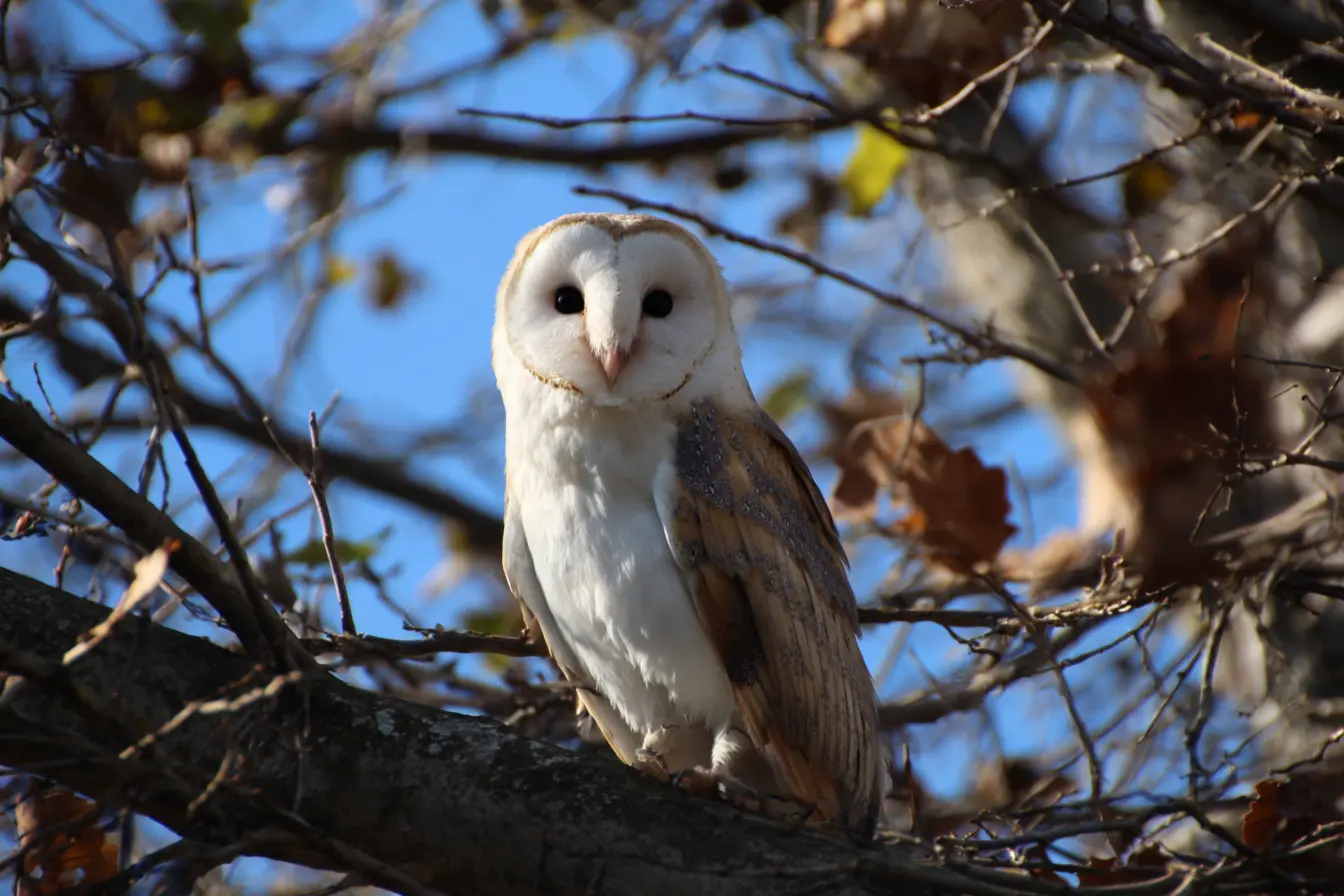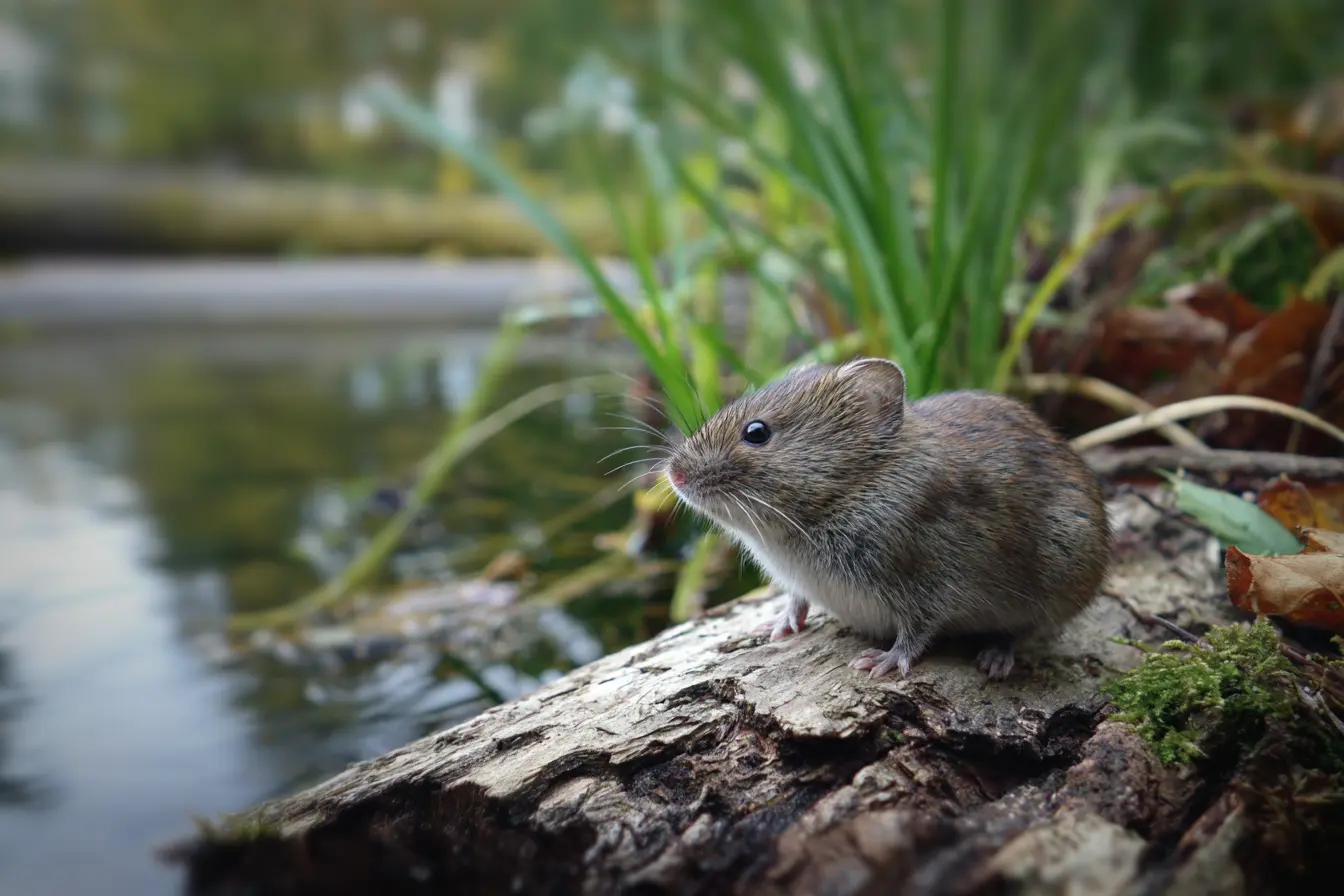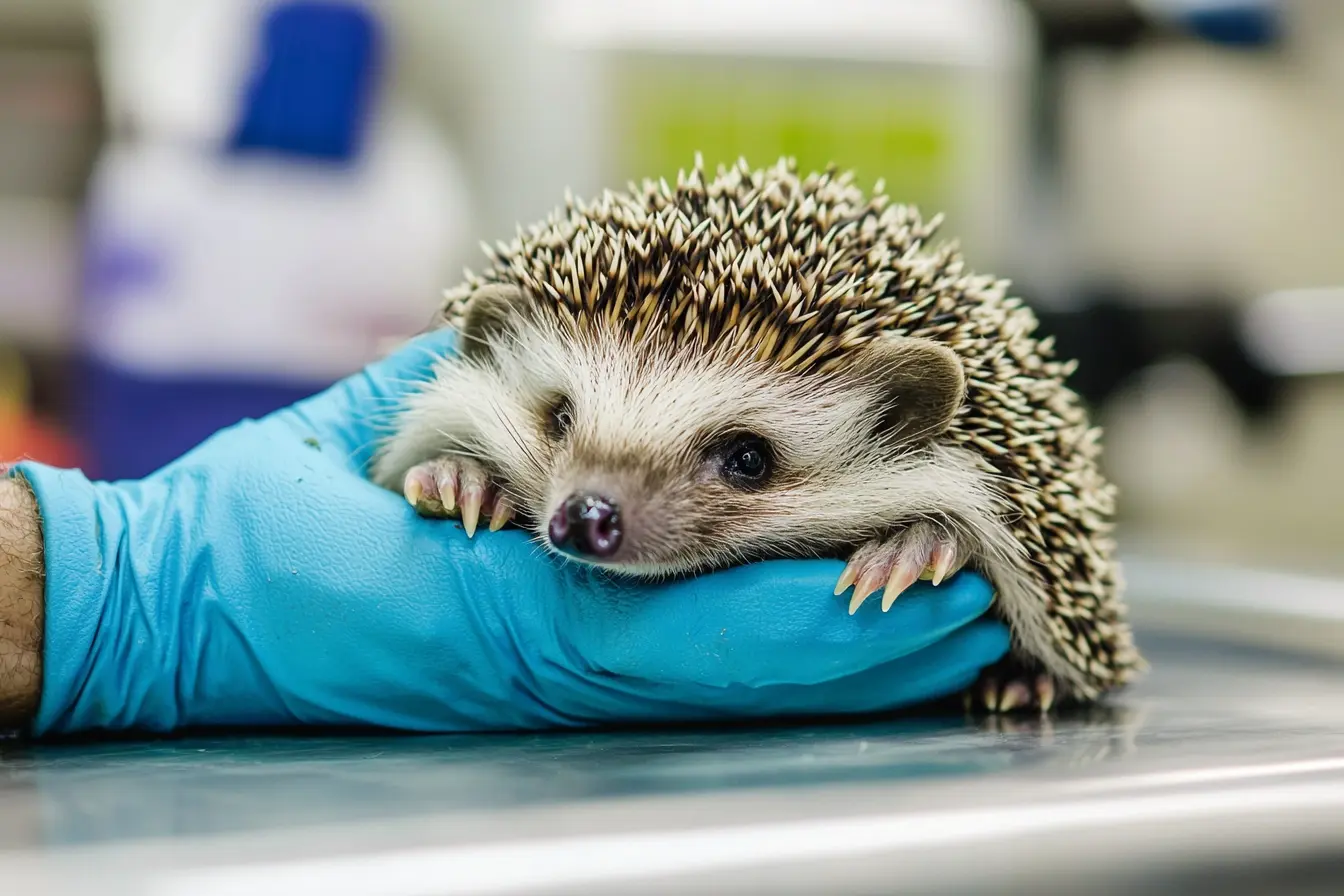
Barn Owls in the UK
The barn owl (Tyto alba) is one of the UK’s most iconic and enchanting birds of prey. With its ghostly white plumage and silent flight, the barn owl has long captured the human imagination. Often seen gliding low over open fields at dusk or dawn, this nocturnal hunter plays a vital role in controlling rodent populations across farmland and countryside.
This blog post explores the lives of barn owls in the UK, including their appearance, habitat, hunting behaviour, breeding, threats, conservation status, and tips for observing them in the wild.
Identification and Appearance
Barn owls are unmistakable, with their unique heart-shaped faces and ethereal beauty.
Key features
- Size: 33–39 cm in length, with a wingspan of 80–95 cm.
- Plumage: Pale golden-buff upperparts with white or pale underparts.
- Face: Distinctive white, heart-shaped facial disc with dark eyes.
- Flight: Light, buoyant and virtually silent due to specialised feathers.
- Call: A harsh, screeching cry—unlike the hoot of tawny owls.
Male and female barn owls look very similar, though females may have more speckling on their chest and darker colouring around the eyes.
Distribution and Habitat
Barn owls are found across the UK, though they are scarcer in upland areas, northern Scotland, and parts of Ireland.
Preferred habitats
- Open farmland and meadows
- Rough grassland and field margins
- Marshes and river valleys
- Barns, old buildings and tree cavities (for roosting and nesting)
They avoid dense woodland and urban areas, preferring lowland areas with good prey availability and open ground for hunting.
Behaviour and Lifestyle
Barn owls are mostly nocturnal, though they may hunt during daylight in poor weather or when feeding chicks.
Hunting behaviour
Barn owls hunt by flying low over fields, using exceptional hearing to detect prey in total darkness. Their facial disc helps funnel sound to their ears, allowing pinpoint accuracy even beneath vegetation.
They swallow small prey whole and later regurgitate pellets of indigestible material such as bones and fur.
Diet and Feeding
Barn owls are specialised predators of small mammals, with diets reflecting local availability.
Common prey
- Field voles (a staple food source)
- Wood mice and house mice
- Shrews
- Young rats
- Small birds and frogs (occasionally)
A single barn owl may eat 3–4 small mammals per night. Vole-rich grassland is key to supporting strong owl populations.
Reproduction and Life Cycle
Barn owls typically pair for life and maintain a breeding territory year-round.
Breeding facts
- Breeding season: March to August (may vary with food supply)
- Nesting sites: Tree cavities, old barns, church towers, and nest boxes
- Clutch size: 4 to 7 eggs
- Incubation: Around 30 days
- Fledging: Chicks leave the nest after 7–9 weeks
- Independence: Juveniles disperse by late summer or autumn
Barn owls may raise two broods in a good year, particularly when vole populations are high.
Predators and Threats
Adult barn owls have few natural predators, but their survival is closely tied to habitat quality and human impacts.
Threats
- Loss of hunting habitat due to intensive agriculture
- Decline in rough grassland and hedgerows
- Road mortality (owls often hunt along roadside verges)
- Pesticide use affecting prey abundance
- Harsh winters reducing food availability
Young barn owls are especially vulnerable in poor weather or during food shortages.
Conservation Status
Barn owls are protected under the Wildlife and Countryside Act 1981 and are listed as a Schedule 1 species, giving them special protection during breeding.
Current status
- Estimated 4,000+ breeding pairs in the UK
- Populations stable or increasing in some areas thanks to conservation efforts
- Listed as Amber on the UK Birds of Conservation Concern list
Habitat restoration, nest box schemes and public awareness campaigns have all contributed to their recovery in recent decades.
Barn Owls versus Other Owls
Barn owls are easily distinguished from other UK owl species.
Differences
- Facial disc: Heart-shaped and white—unique among UK owls.
- Call: A screech, rather than a hoot.
- Habitat: Prefer open country; tawny owls and long-eared owls favour woodland.
- Flight: Lighter and more buoyant than most other owls.
Importance in the Ecosystem
Barn owls help regulate populations of small mammals, particularly voles and mice, which can become agricultural pests.
Ecological roles
- Natural pest control in farmland
- Indicators of healthy grassland ecosystems
- Support biodiversity through habitat associations
Encouraging barn owls supports wider farmland conservation objectives.
Observing Barn Owls in the Wild
Few wildlife encounters rival the sight of a barn owl quartering silently over a field at dusk.
Tips for observation
- Look around dusk or dawn in areas with rough grassland
- Scan field edges, marshes, and meadow margins
- Watch for white plumage gliding low to the ground
- Use binoculars from a distance to avoid disturbance
Local wildlife groups and reserves often offer guided walks or owl-watching evenings.
Conclusion
Barn owls are graceful, ghostly, and vital members of the British countryside. Once in serious decline, their future is looking brighter thanks to conservation work and greater awareness of their habitat needs.
Protecting rough grassland, maintaining field margins, and providing nest boxes are all ways landowners and communities can support barn owls. With continued care and attention, these silent hunters will remain an enduring symbol of Britain’s rural wildness.
Vets near you
Speciality vets
- Aquatics vet specialists
- Birds vet specialists
- Camelids vet specialists
- Cats vet specialists
- Cattle vet specialists
- Deer vet specialists
- Dogs vet specialists
- Equines vet specialists
- Exotic vet specialists
- Goats vet specialists
- Pigs vet specialists
- Poultry vet specialists
- Sheep vet specialists
- Small Mammals vet specialists
- Wild vet specialists











